Best Emergency Loan Providers & Sites in 2021
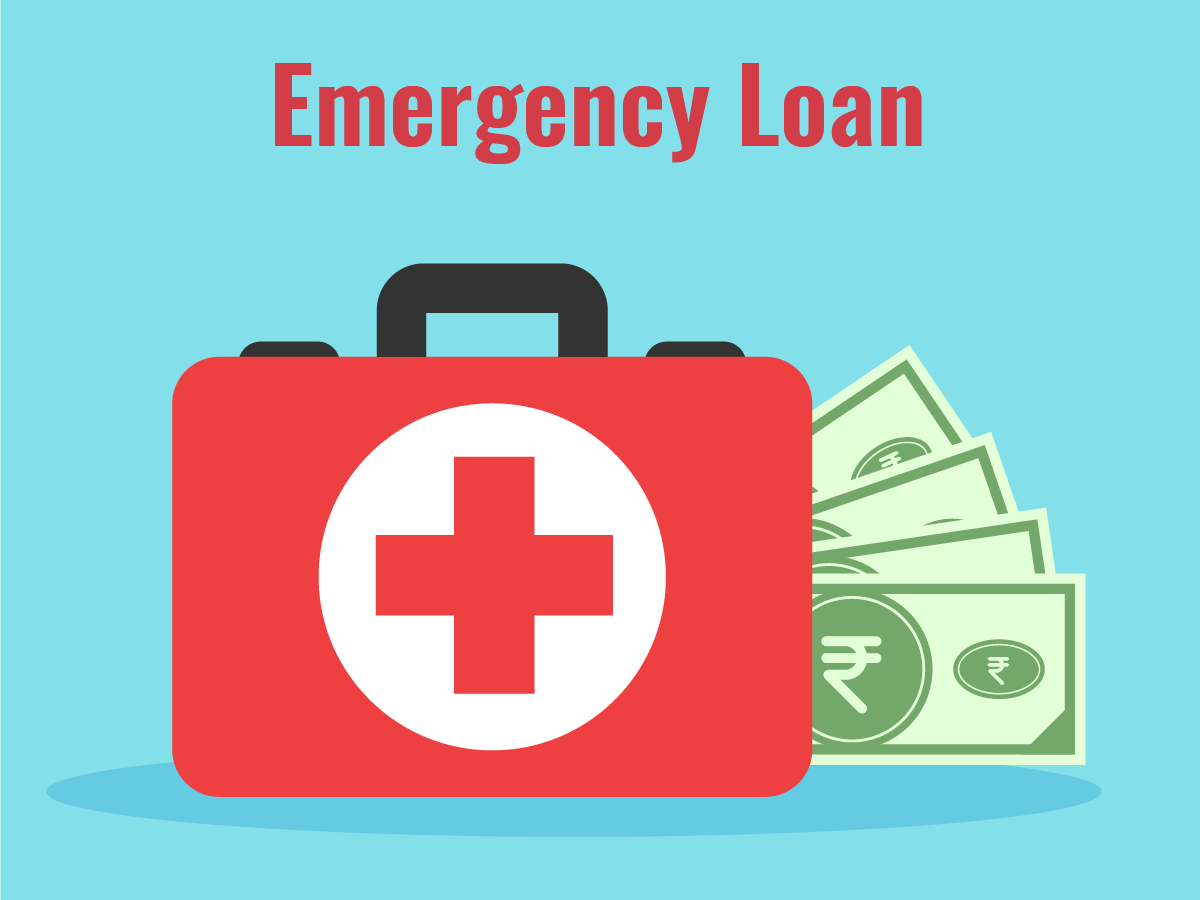
Regardless of how well we budget in life, there might come a time where you need access to fast, emergency cash to pay for the unexpected. Whether your car has broken down and you need to pay for repairs, or you have found yourself short at the last week of the month – an emergency loan can often facilitate super-fast financing. While loan sizes are typically small in nature, it is also important to remember that emergency loans typically come with a high rate of interest. In fact, emergency loans are like the best payday loans in all-but name, meaning that a high APR rate is more of a probability than a possibility.
Nevertheless, if emergency funding is something that you do need, then be sure to read our in-depth guide on the Best Emergency Loan Providers & Sites in 2021. On top of discussing the best three emergency funding providers currently active in the UK market, we’ll also explain what you need to know about fees and funding times, and how the end-to-end application process typically works.
-
-
Ocean Finance – Borrow between £100 - £5,000
Our Rating
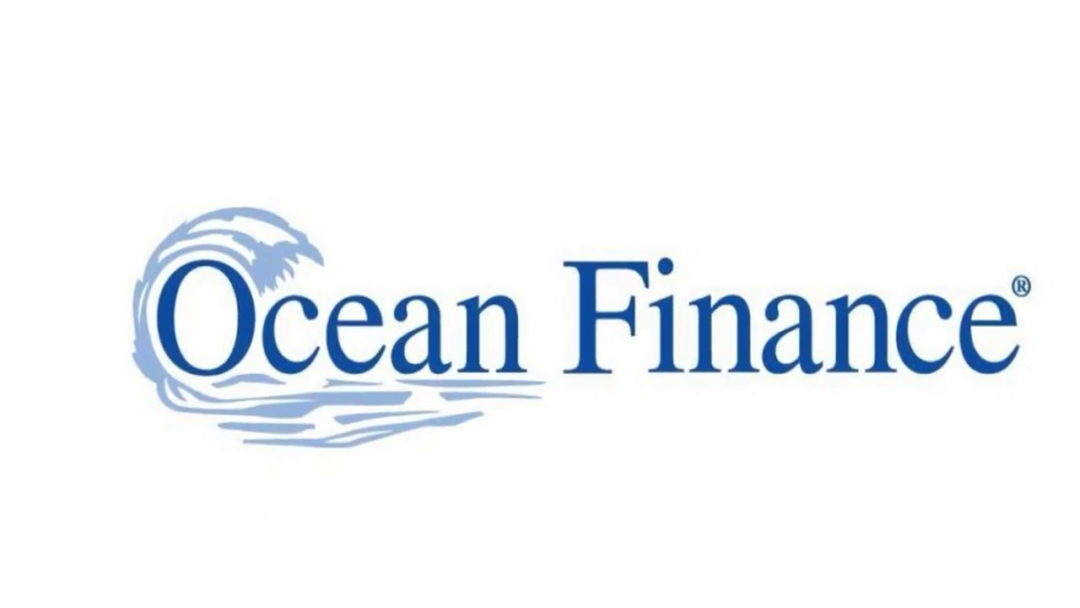
- Borrow up to £1,500
- Fast response - within 60 seconds
- Will only perform a soft credit inquiry - and will not affect your rating
 Note: Although some emergency loan providers will have the capacity to approve your application electronically, there might come a time where you are required to upload supporting documentation. This could be a bank account statement to prove your identity, or a payslip to support your stated income.
Note: Although some emergency loan providers will have the capacity to approve your application electronically, there might come a time where you are required to upload supporting documentation. This could be a bank account statement to prove your identity, or a payslip to support your stated income.Pros and Cons of Emergency Loans
The Pros
- Can be a much-needed lifeline when the unexpected happens
- Emergency loans can often be obtained on a same-day basis
- Lots of emergency loan providers to choose from
- Suitable for credit profiles of all sizes
- Complete the entire application online or via your mobile phone
The Cons
- Emergency loans are typically offered by payday loan providers – so expect a higher APR
How do Emergency Loans work? Read our step-by-step guide
If you’ve previously applied for a payday loan before, then you should know that the emergency loan funding process is largely the same. In layman terms, this means that you can make an application from the comfort of your own home, and once you have provided information linked to your personal identity and financial standing, the lender should be able to give you a decision instantly. Nevertheless, if this is your first time applying for an emergency loan, then we would suggest reading the step-by-step guide we have outlined below.
Note: Although you should expect a high rate of interest on your emergency loan, then good news is that the Financial Conduct Authority (FCA) recently imposed caps on the amount that lenders can charge you over the lifespan of the loan. This amounts to £24 in interest for every £100 that you borrow.Step 1: Find a loan provider
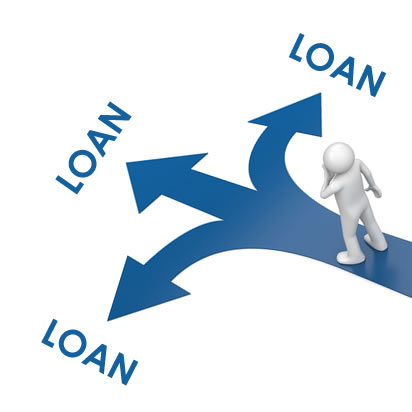
First and foremost, you will need to find an emergency loan provider that has the capacity to facilitate your application on a same-day basis. In fact, if you need the funds in the here and now, then you’re best off finding a lender that can release the money within the hour. On top of fast funding times, you also need to assess how much the lender is able to loan out, and of course – the representative rate that the provider charges.
If you need some assistance in finding an emergency loan provider, we have listed the best three lenders currently active in the market further down in our guide.
Step 2: Start the application
As you will be completing the entire application online, you will now need to head over to the homepage of your chosen provider. Next, enter the amount that you wish to borrow (this is usually a drop-down list or scroll-bar), alongside the amount of time that you need to pay the funds back. The representative rate and monthly repayment amounts should update as you adjust the toolbox, although the specific rate that you get could well be higher.
Step 3: Enter your personal and financial information
As the lender needs to acquire more information about you, they will now ask you a range of question pertaining to your personal identity. Simply enter your name, address, date of birth, driver’s license number (if applicable), and contact details. Moreover, you will also be asked about your current job. Enter the name and address of your employer, how much you earn each month (after tax), and what date you get paid.
Step 4: Provide your bank account and debit card numbers

If you were applying for a traditional personal loan, the lender would typically spend more time running checks on the information you enter on your application. However, as you are seeking emergency funding, the loan provider will attempt to verify your identity without asking you for additional documents.
One of the easiest ways for them to do this is to get you to enter your current account details. This is also the account that the emergency loan funds will be paid into. You will also need to enter your debit card details at this stage of the application. Not only will this allow the lender to further validate your personal information, but this is the payment card that is likely to be charged when it comes to repaying the loan.
Best Emergency loan providers: Reviewer’s choice
Reviewers Choice
Ocean Finance RatingAvailable Loan Amount£100 - £5,000Available Term Lengthup to 5 yearsRepresentative APR49.99 to 1336%New Horizon
RatingAvailable Loan Amount£100 - £5,000Available Term Lengthup to 5 yearsRepresentative APR49.99 to 1336%New Horizon RatingAvailable Loan Amount£50 - £5,000Available Term Length3 yearsRepresentative APRUp to 1336%cashfloat
RatingAvailable Loan Amount£50 - £5,000Available Term Length3 yearsRepresentative APRUp to 1336%cashfloat RatingAvailable Loan Amount£200 - £1,100Available Term LengthUp to 1 YearRepresentative APR£24 for every £100 borrowed
RatingAvailable Loan Amount£200 - £1,100Available Term LengthUp to 1 YearRepresentative APR£24 for every £100 borrowedStep 5: Review the decision and sign the digital loan agreement
Although the above steps might appear somewhat cumbersome at first glance, the process shouldn’t take more than 5-10 minutes. Once you submit the application, the lender will then run its electronic checks. It does so by cross-referencing your information against third-party sources. Ultimately, it is hoped that the lender is able to give you an instant decision on-screen.
Within 30-60 seconds of submitting your application, the emergency loan provider will typically give you one of the following three outcomes.
i) Loan Approved:
If the lender was able to validate the information you provided in your application electronically, and they are satisfied that you will be able to repay the loan on time, then your decision will be approved instantly. If it is, you will now be shown your digital loan agreement.
This will include key metrics linked to the agreement, such as the rate of interest that you will be paying (both in APR and nominal terms), when the funds will be transferred into your bank account, and the date(s) that you need to make your repayment(s). If you’re happy with the fundamentals, simply sign the loan agreement and wait for the funds to arrive in your account.
ii) Loan Rejected:
If the lender has been able to cross-reference your information with its third-party sources, but they feel that you don’t have the required credit profile to take the debt on, then your emergency loan application will be rejected instantly. This could be because your credit score is too low, or because your stated income does not meet the lender’s minimum eligibility threshold. Either way, this is the end of your application with the lender.
iii) More Information Required:
If the lender was unable to verify certain parts of your application – then they might need to request supporting documentation from you. If the request is linked to your identity, then you might need to upload a copy of your driver’s license or passport. If the request is pertaining to your stated income, then you might be asked to upload a copy of your most recent payslip. In some cases, the lender might need to call you at your place of work to validate that you actually work there.
Best 3 Emergency Loan providers
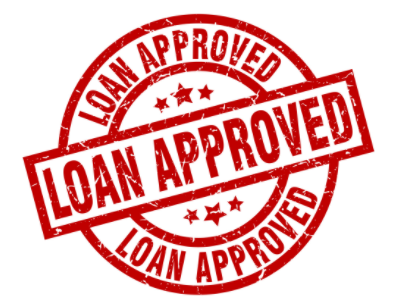
There are now hundreds of emergency loan providers active in the UK market, each of which will come with its own pros and cons surrounding funding times, loan sizes, and APR rates. As we noted earlier in our guide, emergency loans are merely payday loans in all-but name, so you will be using a conventional payday loan lender in your search for fast funding. The most important thing to consider is that the lender is regulated by the FCA, as this will ensure you are legally safeguarded against unethical fees and charges.
Before you evaluate the three lenders we have chosen to recommend, be sure to read the metrics that we look for in an emergency loan provider.
Criteria used to rank the best Emergency Loan providers
- Lenders with the most competitive APR rates
- Lenders that allow you to complete the entire application online
- Lenders that are transparent on their fees
- Lenders that consider credit profiles of all shapes and sizes
- Lenders that are authorized and regulated by the FCA
Best Emergency Loan Providers in 2021
1. Ocean Finance – Emergency loans of between £100 - £5,000
Ocean Finance is a UK based loan comparison website that strives to match you with suitable lenders - based on the information that you enter on your application form.
For example, you will need to provide information concerning your identity and financial standing, as well as the amount that you wish to borrow and for how long. Once you do, Ocean Finance will then run a soft credit check on you, before listing suitable lenders within its network.
This way, you have access to a wide pool of lenders and APR rates, rather than applying with just one provider. In terms of the fundamentals, you can apply for an emergency loan from just £100, with Ocean Finance capping this at £5,000. However, if it's same-day funding that you require, you'll likely be capped at a much lower rate than £5,000.
Otherwise, you'll need to provide additional documentation, which will then delay the funding process. You can borrow the funds from 3 months - up to 5 years, and the platform advertises a representative rate of 49.9%. Take note, this is the lowest amount that its network of lenders will charge, so if your credit profile isn't super-good, then expect to pay more.
Our Rating

- Provides emergency loans of between £100 and £5,000
- Suitable for credit profiles of all shapes and sizes
- The entire application is processed online
- Charges relatively high interest of up to 1336%
- Attractive interests and high loan limits are only available creditworthy borrowers
2. New Horizons – Borrow between £50 - £5,000
In a similar nature to Ocean Finance, New Horizons is a third-party platform that operates as a loan comparison website.
As such, you will need to initially enter your loan requirements via the New Horizons website, which will then provide you with a list of lenders that are able to facilitate your emergency loan. While Ocean Finance is suited to a full range of credit profiles, New Horizons is typically best for those with a bad credit score. As such, this might be the best option for you if your financial standing is less than ideal.
Nevertheless, New Horizons allows you to apply for emergency funding from just £50, all the way up to £5,000. However - and as we discussed a moment ago with Ocean Finance, larger loan sizes will most likely require additional documentation from you. As such, if you are looking for same-day funding, you're best off keeping the loan to sub-£1,000.
You can apply for a loan at a minimum term of 3 months, with the maximum set at 3 years. Finally, your APR rate will not be known until you submit your application, although this is performed on a soft credit check basis, which is great.
Our Rating

- Provides emergency loans of between £50 and £5,000
- Offers extended loan terms of between 3 months and 36 months
- Does not charge any fees
- New Horizons isn't a direct lender
- Representative APR as high as 1336%
3. Cash Float – Borrow between £200 - £1,100
If you're looking to target a direct emergency loan lender that specializes in super-fast funding, then it might be worth seeing what Cash Float can do for you. The UK loan provider is often able to transfer the funds into your bank account as soon as the application is approved, so if speed is your main concern, Cash Float might be the way to go.
In terms of how much you can borrow, emergency loans start from £200, with the maximum amount on offer capped at £1,100. Moreover, you choose how long you need to repay the funds, which starts at just a few weeks up to a year. However, you are best advised to keep your loan term in-check, not least because the interest will be crippling. On the flip side - although the lender is known for fast funding and a more lax eligibility threshold, Cash Float does charge handsomely for its services.
In fact, you are likely to pay close to the FCA limit of £24 for every £100 that you borrow. On the other hand, you are under no obligation to proceed with your loan application once you receive your personalized pre-approved rates. As such, if you find that the loan terms are too unfavourable, you can simply walk away.
Our Rating

- Provides you with high emergency loans of between £200 and £1,100
- The entire application process is completed online
- No guarantor required to qualify for a loan
- Charges relatively high APR rates
- Has a relatively low loan limits
What is an Emergency Loan?
Emergency loans are tailored to those that need to raise fast cash to help pay for an unexpected life event. This could be anything from emergency repairs in your home, to needing to pay for the costs linked to dental care. Either way, emergency loans often allow you to receive the loan funds on the very same day that you make the application. However, it is important to note that emergency loans operate much in the same way as a payday loan.
This is because both loan types possess the same characteristics of fast funding, small loan sizes, and high APR rates. As such, it is all-but-certain that you will be obtaining an emergency loan via a payday loan lender. When it comes to receiving your cash, this will be paid into your specified UK bank account as soon as the lender is satisfied that you are who you say you are, and that you have the financial means to repay the funds back on time. Moreover, you will likely need to provide your debit card details so that the lender is able to take your repayments automatically on the agreed payment date.
Am I eligible for an Emergency Loan?
If you have a bit of experience in the payday loan space, then you’ll know first-hand that the eligibility requirements are somewhat low. By this, we mean that payday loan providers often approve applications from those on a low income, and in some cases, those that have no income at all. However, this won’t always be the case, especially if the emergency loan provider in question operates under higher standards. Ultimately, the strength of your financial standing will not only determine whether or not you are eligible for an emergency loan, but how much you end up paying in interest, too.
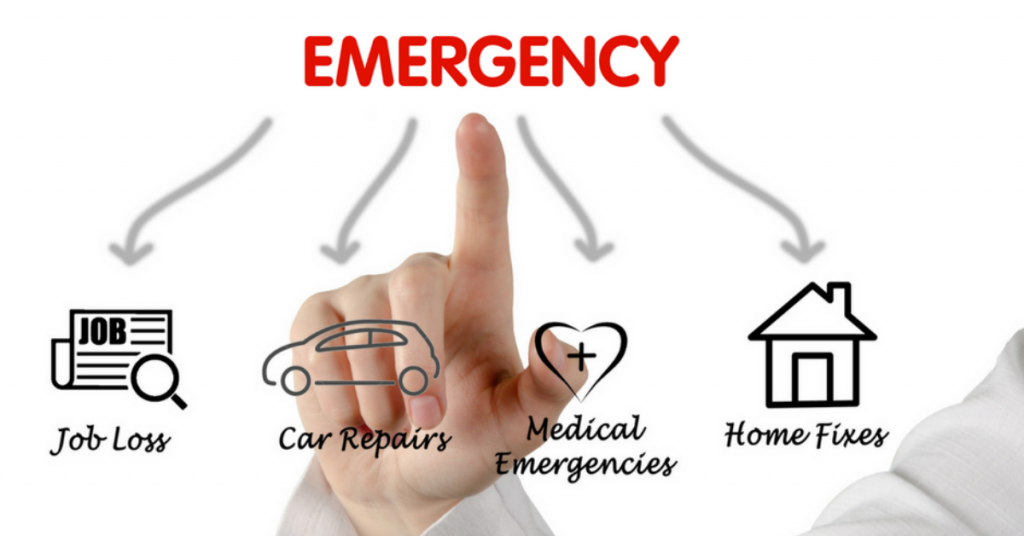
With that being said, we have listed the key factors that emergency loan providers will look at when assessing your application. Take note, the specific requirements will, of course, vary from provider-to-provider, so do bear this in mind.
- Credit Score: If you are using an emergency loan provider that seeks to run a credit check on you, then the first metric that they will look at is your credit score. This gives the loan provider a clear indication of your current financial standing, as well as your ability to repay the loan. As such, if your credit score is too low in the eyes of the lender, then you might find that your application is automatically rejected.
- Annual Income: The lender will also need to know how much you are earning from your current job, not least because this will highlight whether or not you will be able to afford your monthly repayments. For example, if you are on a low income and you need to borrow £1,000 in emergency funding to help buy a replacement car, your application might be rejected – purely on the income that you state within your application.
- Monthly Outgoing: You ability to meet your loan repayments will also be assessed in relation to your monthly outgoings. These are the costs that you are financially committed to each month, such as the rent on your home, or child support payments that you are legally required to meet. Once again, if the lender deems that your outgoings are too high in relation to your stated income, your emergency loan application might be rejected.
- Previous Credit: This segment of the lender’s decision-making process is potentially the most important. In a nutshell, the emergency loan provider will need to look at your credit report to assess what your historical relationship with debt is like. Most importantly, if you have a history of missing repayments or defaulting on debt products, then the lender might view your application as high risk and thus – reject is automatically.
Ocean Finance – Borrow between £100 - £5,000
Our Rating

- Borrow up to £1,500
- Fast response - within 60 seconds
- Will only perform a soft credit inquiry - and will not affect your rating

Glossary of emergency loans
 Credit Score
Credit ScoreA credit score shows your creditworthiness. It's primarily based on how much money you owe to loan or credit card companies, if you have ever missed payments or if you have ever defaulted on a loan.
 Guaranteed Approval
Guaranteed ApprovalGuaranteed Approval is when, no matter how bad, your credit score its, your loan application will not get declined.
 Credit Limit
Credit LimitA Credit Limit is the highest amont of credit a lender will lend to the borrower.
 Collateral
CollateralCollateral is when you put up an item against your loan such as your house or car. These can be repossessed if you miss payments.
 Cash Advance
Cash AdvanceA Cash Advance is a short-term loan that has steep interest rates and fees.
 Credit Rating
Credit RatingYour Credit Rating is how likely you are to fulfill your loan payments and how risky you are as a borrower.
 Fixed Interest Rate
Fixed Interest RateFixed Interest Rate is when the interest rate of your loan will not change over the period you are paying off you loan.
 Interest
InterestThe Interest is a percentage based on the amount of your loan that you pay back to the lender for using their money
 Default
DefaultIf you default on your loan it means you are unable to keep up with your payments and no longer pay back your loan.
 Late Fee
Late FeeIf you miss a payment the lender will charge you for being late, this is known as a late fee.
 Unsecured Personal Loan
Unsecured Personal LoanAn Unsecured Personal Loan is when you have a loan based solely on your creditworthliness without using collateral.
 Secured Loan
Secured LoanA Secured Loan is when you put collateral such as your house or car up against the amount you're borrowing.
 Prime Rate
Prime RateThis is the Interest Rate used by banks for borrowers with good credit scores.
 Principal
PrincipalThe Principal amount the borrower owes the lender, not including any interest or fees.
 Variable Rate
Variable RateA Variable Rate is when the interest rate of you loan will change with inflation. Sometimes this will lower your interest rate, but other times it will increase.
 Installment Loan
Installment LoanAn Installment Loan is a loan that is paid back bi-weekly or monthly over the period in which the loan is borrowed for.
 Bridge Loan
Bridge LoanA Bridge Loan is a short term loand that can last from 2 weeks up to 3 years dependant on lender.
 AAA Credit
AAA CreditHaving an AAA Credit Rating is the highest rating you can have.
 Guarantor
GuarantorA Guarantor co-signs on a loan stating the borrower is able to make the payments, but if they miss any or default the Guarantor will have to pay.
 LIBOR
LIBORLIBOR is the London Inter-Bank Offered Rate which is the benchmarker for the interest rates in London. It is an average of the estimates interest rates given by different banks based on what they feel would be the best interest rate for future loans.
 Home Equity Loans
Home Equity LoansHome Equity Loans is where you borrow the equity from your property and pay it back with interest and fees over an agreed time period with the lender.
 Debt Consolidation
Debt ConsolidationDebt Consolidation is when you take out one loans to pay off all others. This leads to one monthly payment, usually with a lower interest rate.
 Student Loan
Student LoanIf you obtain a Student Loan to pay your way through College then you loan is held with the Department for Education U.K.
 Student Grants
Student GrantsFinancial Aid in the form of grants is funding available to post-secondary education students throughout the United Kingdom and you are not required to pay grant
FAQ
What is an emergency loan?
An emergency loan is simply a loan product that allows you to receive the funds in quick-fashion. In most cases, the funds will be transferred into your bank account on the same day that your application is approved.
How can I get emergency funding without paying a super-high rate of interest?
If you need access to same-day funding to help cover the costs of an emergency – and you want to avoid paying a high rate of APR, then you might be best to utilize one of your credit cards. The interest rate will be much lower, and it can be avoided in its entirety if you clear the balance before your statement date.
How long does it take to apply for an emergency loan?
The application process itself should take no more than 5-10 minutes. Once you submit the application, the lender should be able to give you an instant decision – as long as they can verify your information electronically with third-party sources.
What is the maximum interest rate that I will pay on an emergency loan?
As per the regulations that the FCA installed in late 2018, the most that you can pay on an emergency loan is £24 per £100 borrowed. Moreover, the default fee is capped at just £15.
Kane Pepi
View all posts by Kane PepiKane holds academic qualifications in the finance and financial investigation fields. With a passion for all-things finance, he currently writes for a number of online publications.
Latest News
Halifax Share Dealing Review
If you’re looking for a low-cost share dealing platform that makes it super easy to buy and sell stocks, ETFs, and funds, it might be worth considering Halifax. You don’t need to have a current account with the provider, and getting started takes just minutes. In this article, we review the ins and outs of...
UK Banks Approved Nearly 1 Million Mortgages in 2019, 7.4% More than a Year Ago
The United Kingdom’s high street banks approved close to a million mortgages in 2019. Data gathered by LearnBonds.com indicates that 982,286 mortgages were approved in 2019, an increase of 7.4% from 2018’s 909,597. The mortgage approval entails loans for home purchase, remortgaging and other loans. Compared to 2018, the number of mortgages approved for home...
WARNING: The content on this site should not be considered investment advice and we are not authorised to provide investment advice. Nothing on this website is an endorsement or recommendation of a particular trading strategy or investment decision. The information on this website is general in nature, so you must consider the information in light of your objectives, financial situation and needs. Investing is speculative. When investing your capital is at risk. This site is not intended for use in jurisdictions in which the trading or investments described are prohibited and should only be used by such persons and in such ways as are legally permitted. Your investment may not qualify for investor protection in your country or state of residence, so please conduct your own due diligence or obtain advice where necessary. Crypto promotions on this site do not comply with the UK Financial Promotions Regime and is not intended for UK consumers. This website is free for you to use but we may receive a commission from the companies we feature on this site.
Copyright © 2022 | Learnbonds.com
We use cookies to ensure that we give you the best experience on our website. If you continue to use this site we will assume that you are happy with it.Scroll Up





